Dream Bike Or One That Does The Job
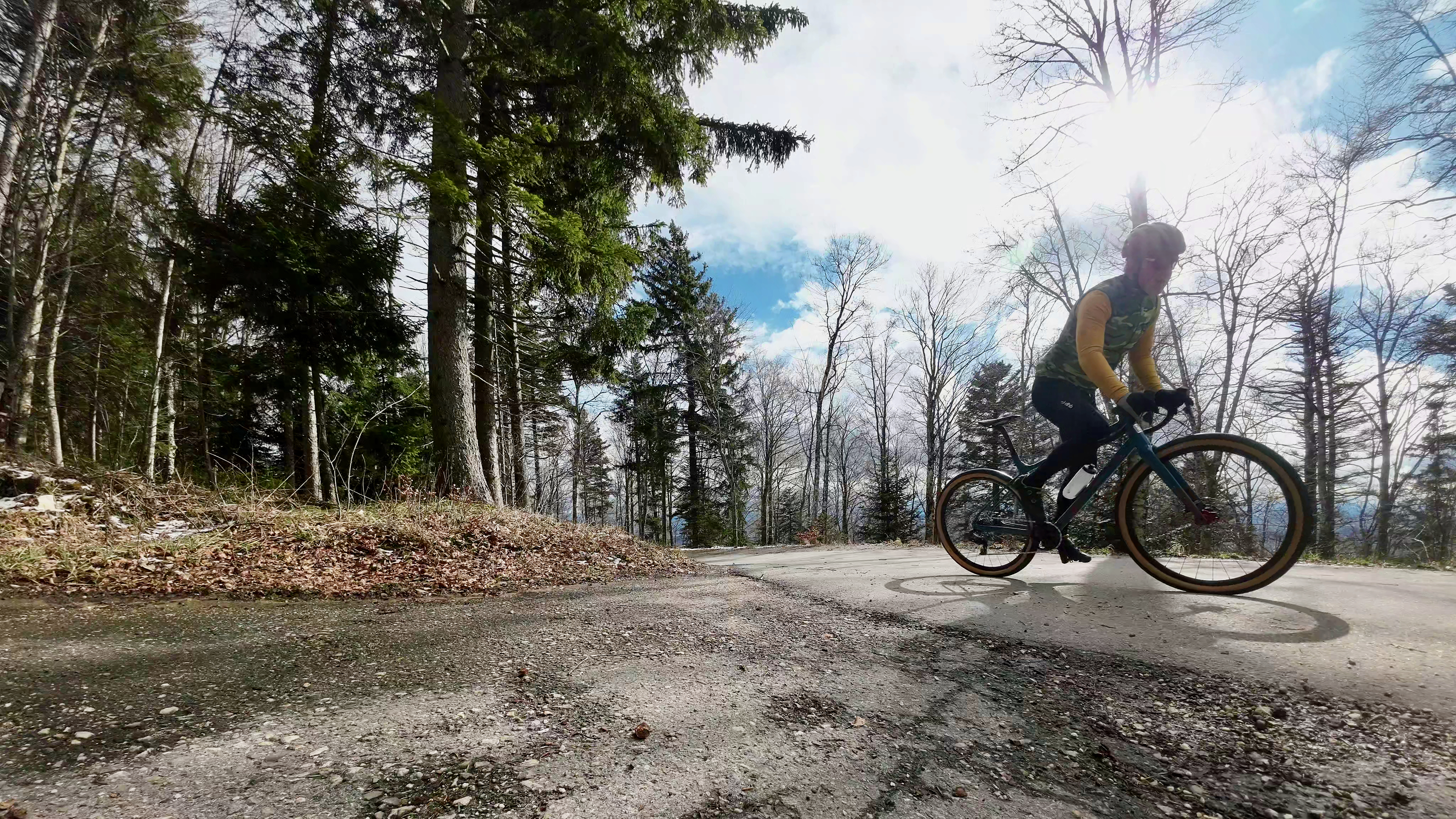
When I first got into cycling in the mid-80s, entry-, mid-level, and high-end bikes were not tremendously far apart. Mountain bikes had no suspension, and frames were made from steel or aluminum. Groupsets were the primary difference between bikes. An entry-level bike had Shimano LX, a mid-level bike was equipped with DX, and a top-of-the-line bike came with XT. I started on an entry-level bike, moved to a mid-level Specialized Stumpjumper, and soon rode a World-Cup-level Muddy Fox with a full Shimano XT groupset. Even seat posts were part of such groupsets back then. XT came with a nice black steel seat post. You read that right: a seat post made out of steel. A few years later, I spent a small fortune owning a Merlin Titanium with XTR derailleurs and many boutique components. For much of my cycling career, I bought or built nice bikes that cost a lot. They were never outrageously expensive, but more than I needed.
Now that I'm in my mid-50s, I've gotten wiser. I have a Nordest Albarda with SRAM Red XPLR AXS and a Marin Gestalt X with equivalent Rival components. There is no functional difference between the two. Red looks a little different and is a bit lighter. That's it for twice the price. I paid EUR 699.00 for a Volagi Viaje frameset and CHF 1'600.00 for a complete Marin Gestalt X10. I built two of my best road/gravel bikes with those. I see no need to spend an arm and a leg on a carbon bike. They may offer improved aerodynamics, light weight, maximum stiffness, a few watts, and ultimate performance. Does it matter to a rider like myself? For a professional cyclist who aims to win the Tour, every marginal gain counts. However, for the average Joe like myself, shedding a few pounds of belly fat will have a much greater impact than investing thousands of dollars in a UCI-approved race bike.
The bike industry is in crisis. Warehouses are filled with unsold bikes. Despite heavily discounted prices for new bikes, there is no demand. BMC has recently requested state wage subsidies. Many others are struggling, with some even having filed for bankruptcy. While there are multiple factors contributing to this situation, bike prices are certainly a major issue. Charging over $8000 for carbon bikes with integrated cable routing? Sorry, but no thanks. The road bikes I ride cost less than half of that. They do the job, and they do it well. The development of hiding brake hoses and shifter cables inside the handlebar, stem, and fork over the past couple of years has undoubtedly created some clean-looking bikes. However, I don’t particularly like the massive stems and spacers that come along with it, especially on top of a steel or titanium frame. The clean look was achieved at the expense of ease of maintenance and adjustability. Changing a stem or cleaning the internals of a headset are jobs that can easily be done in under half an hour. On a fully integrated bike, such a simple job now requires several hours. As a bike mechanic, such a bike will never be the bike of my dreams but rather the bike of my nightmares.
Although it may not be the conventional choice for a road bike, my Marin Gestalt X12 is the best one I have built. If I could have any bike, it would be a titanium replica of it. It would not offer any performance improvement compared to the aluminum version. It would only cost a lot more and be cool. And sometimes, it's all right to slaughter one's piggy bank to realize cool things. These past couple of years, I have found a new challenge, though. It is to build awesome bikes on a reasonable budget. It is easy to put together a jaw-droppingly cool bike on a large budget. It takes more time to plan, search, and compare to do the same on a limited budget. With the cost of living on the rise and my retirement approaching, I will likely opt for bikes that simply do the job. Dream bikes will be the things to drool over on Instagram.

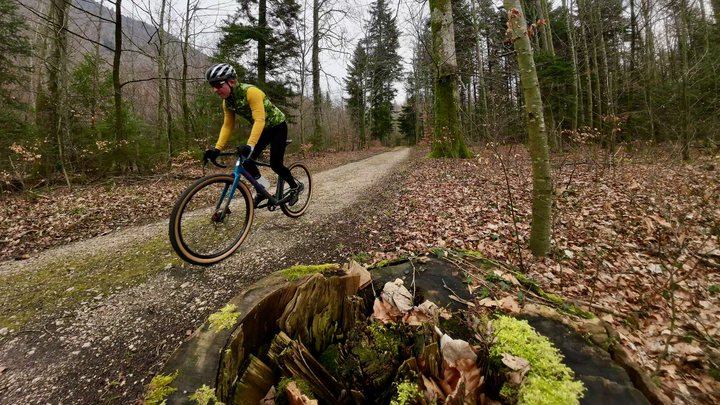
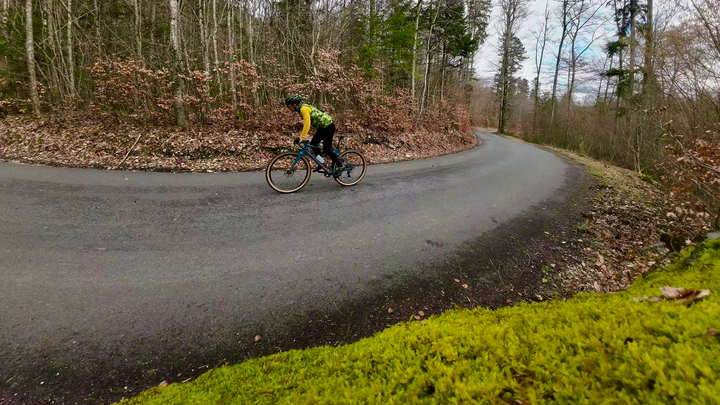
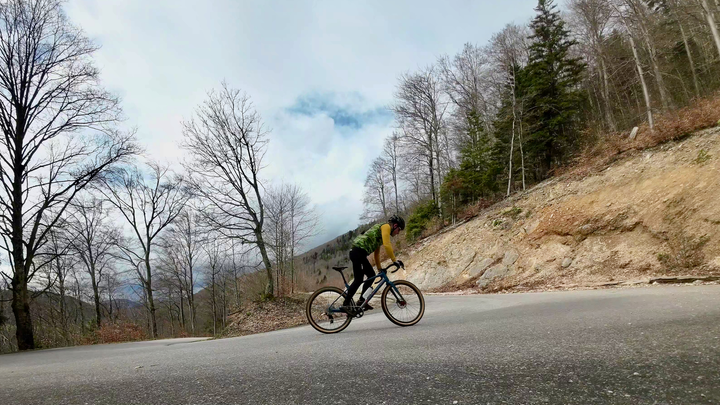
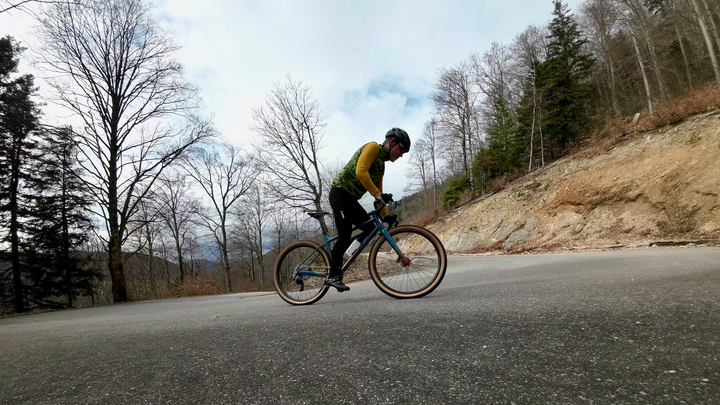
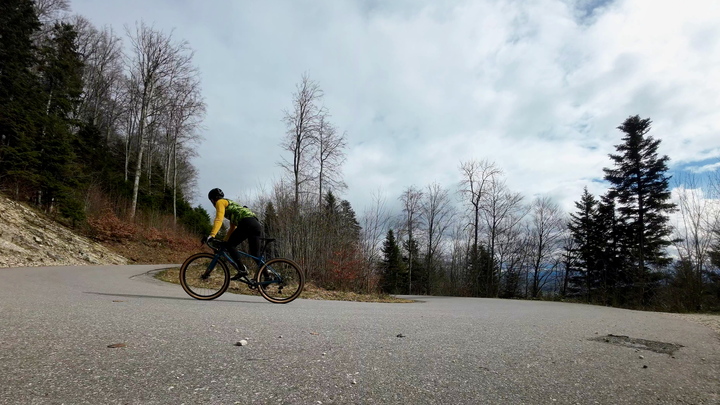
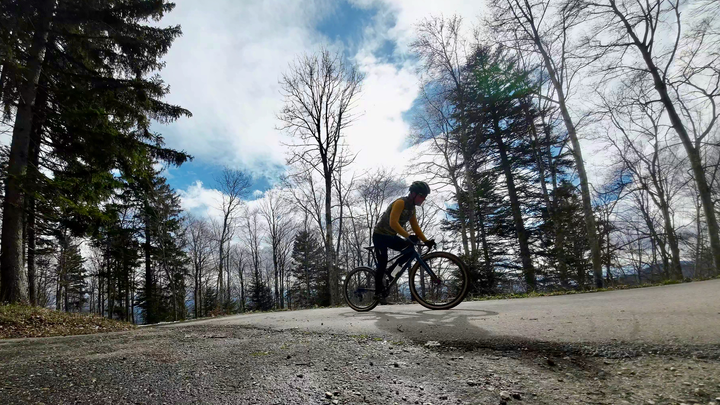

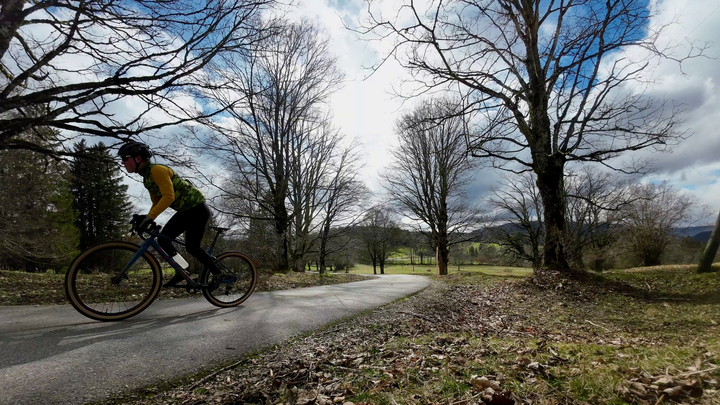

















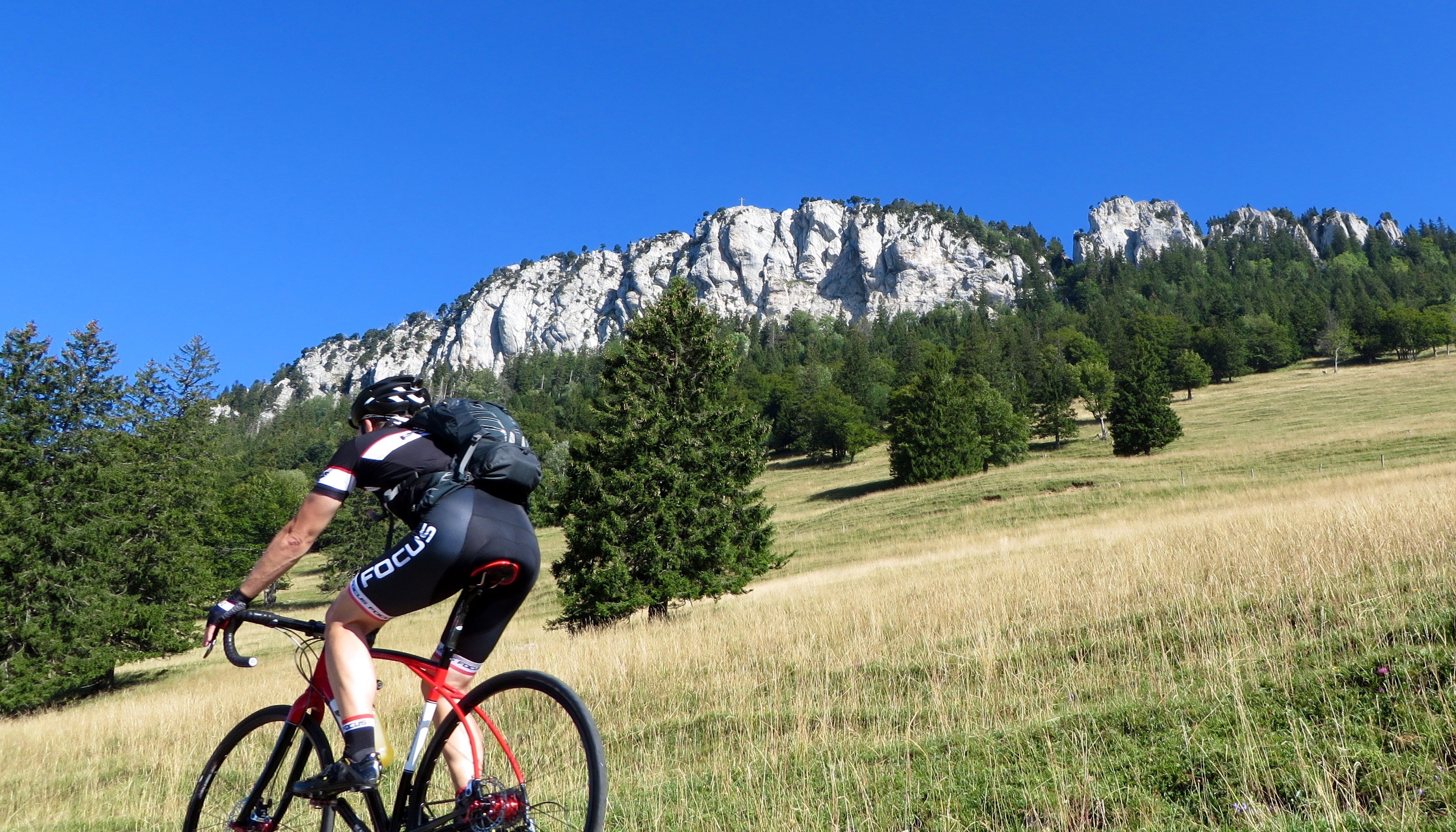
Comments